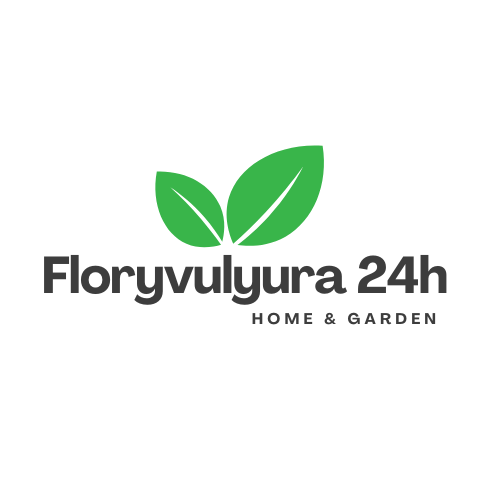Blog
Grow Room Controllers: What They Are and Why You Need One

Indoor gardening has come a long way. From simple setups with a few lights and fans to fully automated environments, the evolution of indoor grow rooms has been remarkable. At the heart of this transformation lies the grow room controller, a device that can make all the difference between mediocre results and thriving, high-yield plants.
In this guide, we’ll cover what grow room controllers are, how they work, and why they’re essential for both hobbyists and professional growers.
What is a Grow Room Controller
A grow room controller is an electronic system that automates and monitors the critical environmental conditions inside your grow space. Think of it as the brain of your grow room, managing everything from lighting and temperature to humidity, ventilation, and even nutrient delivery.
Instead of constantly checking your plants and adjusting equipment manually, a grow room controller allows you to program your ideal conditions and ensures they are maintained consistently.
Key Features of Grow Room Controllers
Modern grow room controllers come with a variety of features, depending on the model and sophistication:
Temperature Control
By continuously monitoring the environment, the controller ensures that the room stays within the optimal temperature range, preventing heat stress or cold damage that can stunt growth or harm plants. Automated temperature management allows growers to focus on other tasks, knowing their plants are thriving in a stable environment.
Humidity Regulation
Grow room controllers regulate moisture levels in the air, keeping them within the ideal range for the plants you’re growing. Proper humidity control helps prevent mold and mildew, reduces stress on plants, and ensures a healthier, more productive crop.
Lighting Automation
Grow room controllers manage light cycles, intensity, and schedules, mimicking natural day and night patterns. This automation ensures plants receive the correct amount of light for photosynthesis, growth, and flowering, while also conserving energy by reducing unnecessary light exposure.
Ventilation Management
Grow room controllers operate fans, vents, and exhaust systems to maintain proper ventilation, providing fresh air and preventing stagnant conditions. This helps regulate temperature, humidity, and CO₂ levels, creating an optimal environment for healthy plant growth.
Remote Monitoring
Modern grow room controllers often include connectivity features that allow growers to monitor conditions from a smartphone or computer. Remote monitoring enables you to check on your grow room anytime, anywhere, and receive alerts if conditions fall outside the set parameters.
Data Logging
Many controllers record environmental data over time, offering insights into trends and plant performance. Data logging helps growers analyze past conditions, make informed adjustments, and optimize growth strategies.
Key Benefits of Grow Room Controller
Consistent Climate
Plants thrive when their environment is stable, and a grow room controller provides just that. Maintaining precise temperature, humidity, and light conditions reduces stress on plants and ensures they grow healthily.
Saves Time and Effort
Managing a grow room manually can be time-consuming, requiring constant adjustments and monitoring. A controller automates these tasks, letting you focus on other aspects of your garden or daily life while ensuring your plants are always in optimal conditions.
Energy Efficiency
By intelligently managing lights, fans, and HVAC systems, grow room controllers prevent unnecessary energy consumption. This optimization not only reduces electricity costs but also promotes a more sustainable growing environment.
Early Problem Detection
Grow room controllers often include alerts for environmental fluctuations or equipment issues. Quick notifications allow you to address problems before they affect your plants, minimizing crop loss and helping maintain overall plant health.
Scalability
Whether you’re growing a few plants or managing a larger operation, a grow room controller makes scaling easier. Automated systems allow you to expand without increasing manual labor, keeping environmental conditions consistent across your entire grow space and supporting better results at any size.
Conclusion
By automating environmental control, you can improve plant health, increase yields, and reduce the stress and effort of manual management. Whether you’re a hobbyist or a professional grower, understanding and investing in the right grow room controller can make your indoor garden more productive, efficient, and enjoyable.
